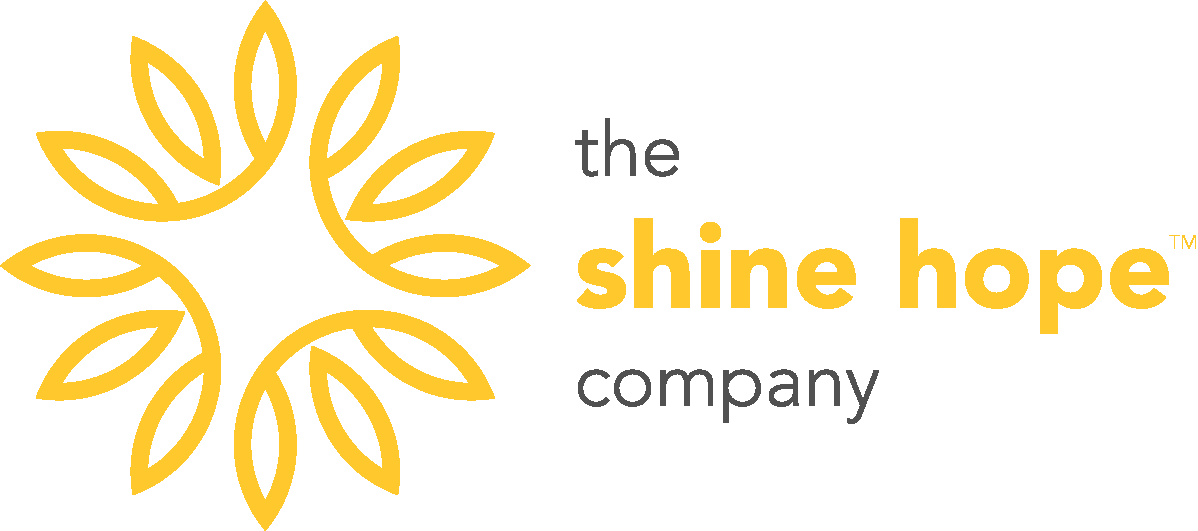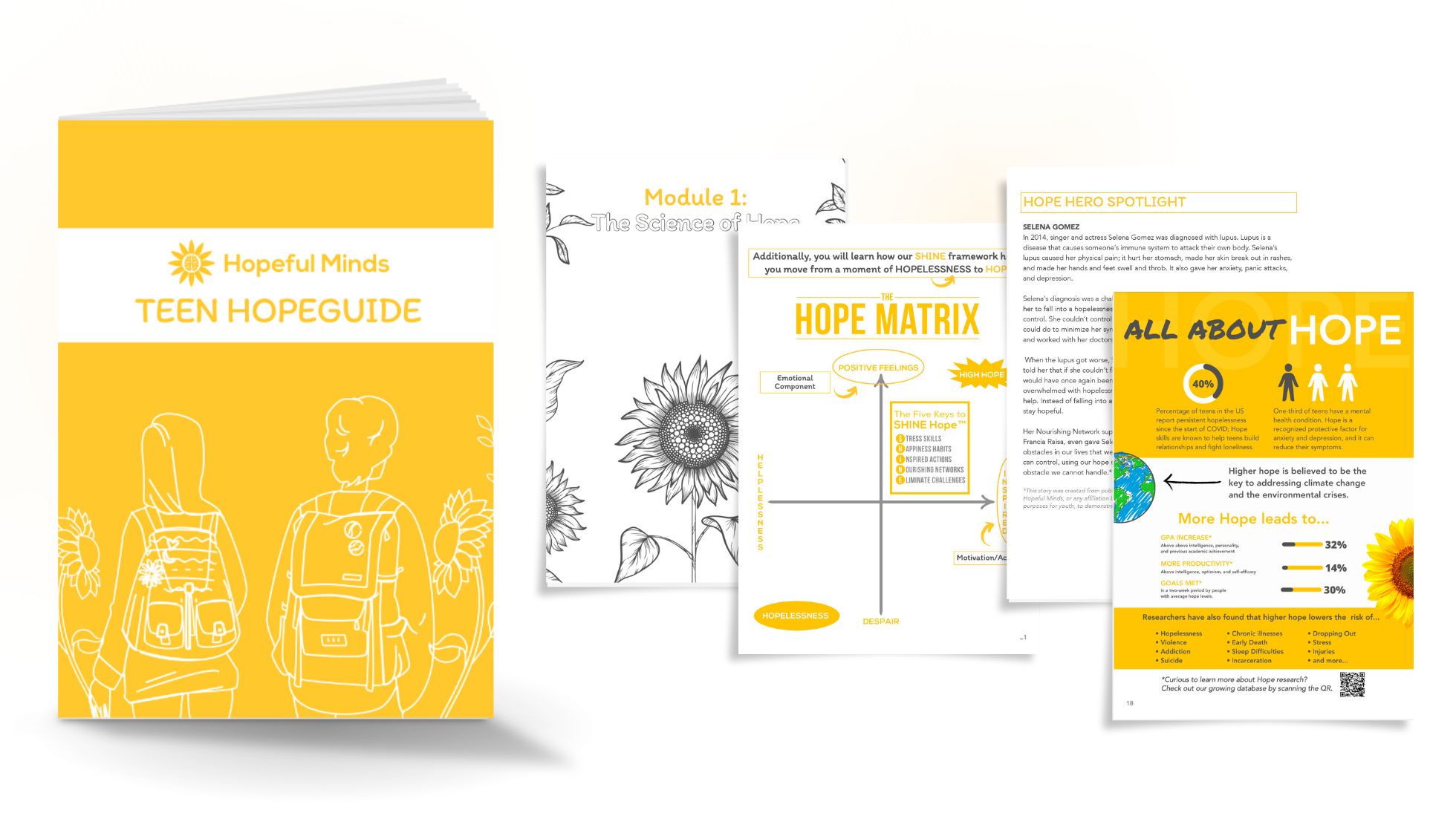We provide the following tools for the healthcare settings:
- Patient Shine Hope brochures.
- Moments of Hope cards to handout.
- PSA scripts to make ‘how to hope’ videos for waiting rooms.
- Leadership and staff in person training.
- Hopeful Mindsets General Overview and Workplace Overview course licenses for staff and patients.
- Keynote presentations with live hope measurement.





